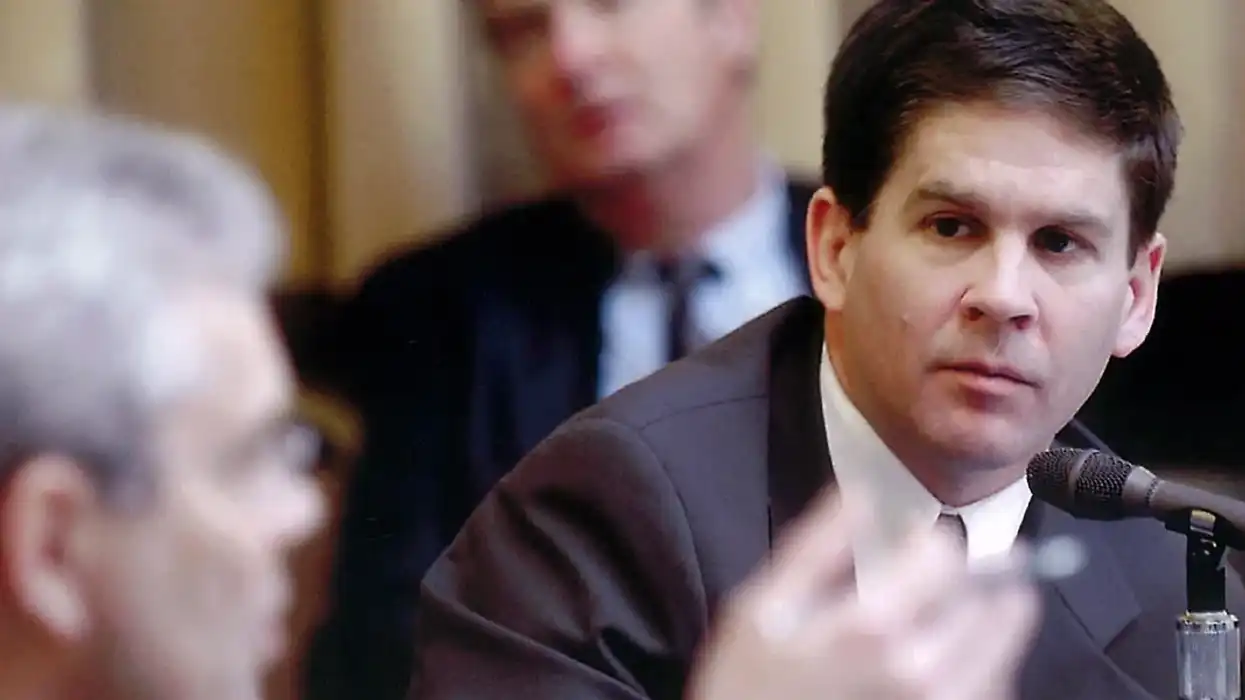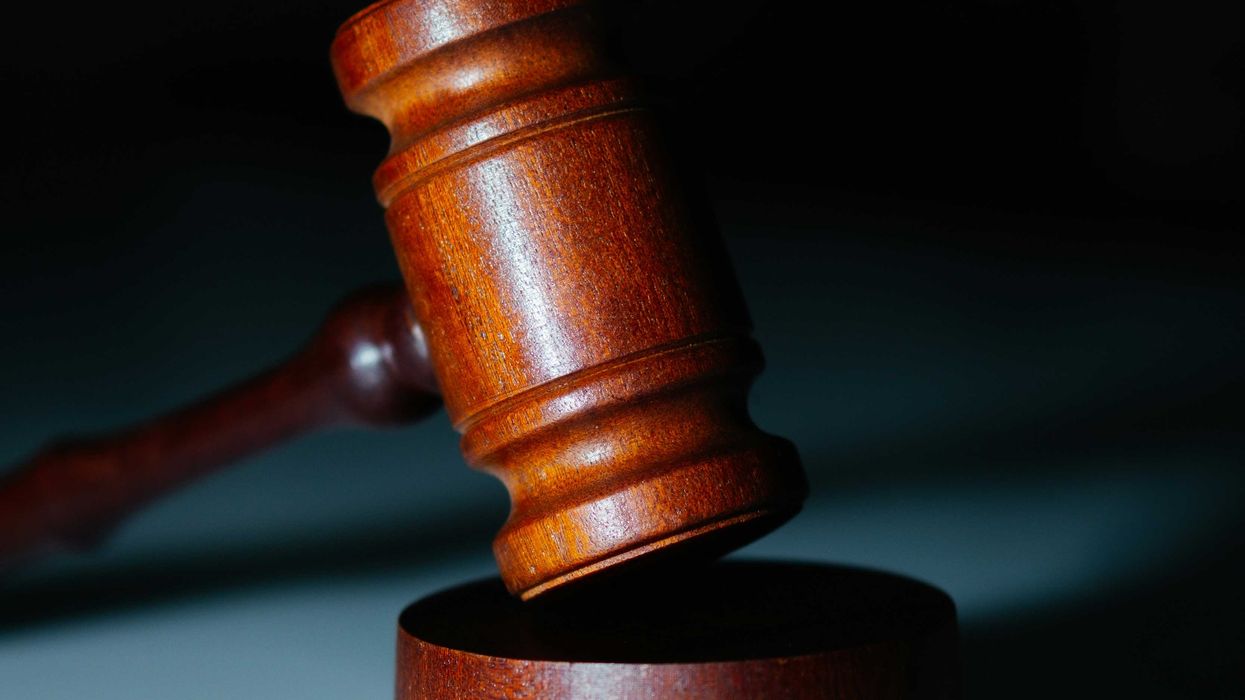The modernization of Montana's voter registration system won't happen in time for next year's elections, because the state's top election administrator has concluded the new software cannot be installed and its security assured in time.
The decision was made by Secretary of State Corey Stapleton, who has something of a vested interest in his decision. He's a leading GOP candidate for the state's singular and reliably Republican seat in the House of Representatives in 2020.
But Stapleton was pressed to make the decision by the association of the state's county clerks, who said the system in place for 15 years was good enough for one more election.
"It would seem more reasonable to begin this immense change-over outside of a presidential cycle, which could be one of the biggest in our lifetimes," they told the secretary of state. "The current project development timeline is simply too aggressive and stands to put the election process in Montana at risk."
The local officials also reiterated that they'd rather spend about $2 million in federal aid for election upgrades to buy more voting machines, predicating a surge in turnout next November. The last Democrat to win Montana's three electoral votes was Bill Clinton in 1992, but Barack Obama came within 2 points in 2008. And President Trump's approval rating there has been no higher than 5 percent net positive in the past year.
The demographics of the state are changing because of significant recent population growth, which looks likely to mean a second House seat for Montana in the coming decade.












 Shannon Gormley, Rhode Island Public Schools
Shannon Gormley, Rhode Island Public Schools Les Sinclair, Blue Ridge Area Food Bank
Les Sinclair, Blue Ridge Area Food Bank Elena Casillas Hoffman,
Elena Casillas Hoffman, 
 Darrious Hilmon, Executive Director, CAN-TV
Darrious Hilmon, Executive Director, CAN-TV










